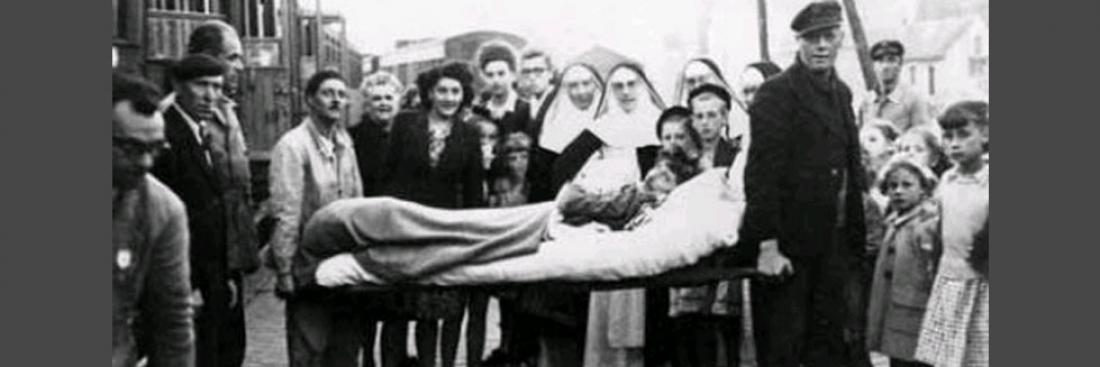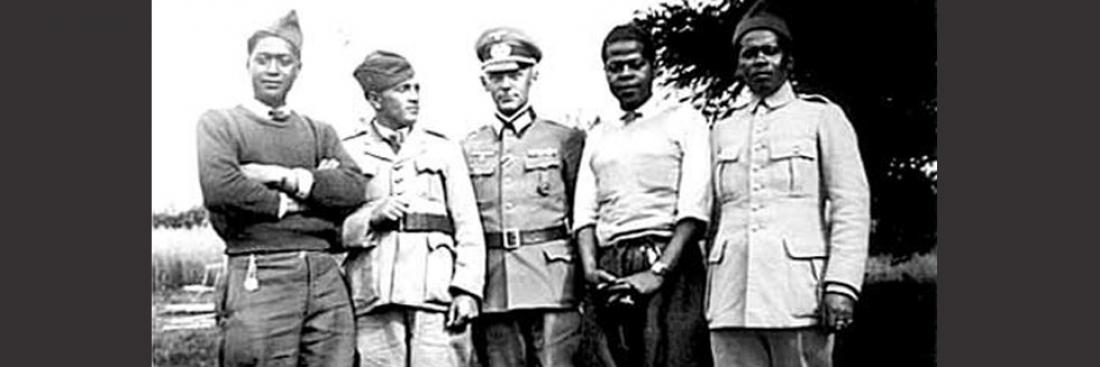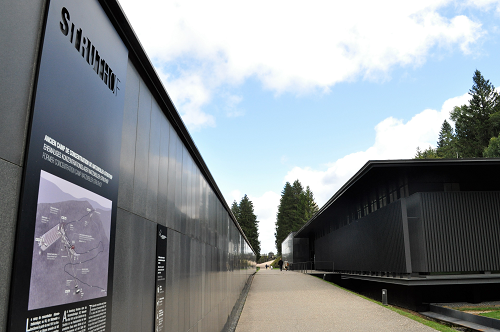
Le CERD. © Daniel OSSO
In 1941, in the village of Le Struthof, in the heart of Alsace, annexed de facto by the Third Reich, the Nazis opened the Konzentrationslager Natzweiler. A total of 52 000 people were sent to this camp or one of its 70 subcamps. Over 20 000 of them would never return. ?Virtual tour
? Article by Frédérique Neau-Dufour, Director, Centre Européen du Résistant Déporté: CM magazine, no 259
The Natzweiler-Struthof concentration camp was mainly used for the internment of resistance fighters from across Europe, but homosexuals and Jehovah’s Witnesses were also interned here. The camp’s interns were made to do gruelling forced labour for the economy of the Third Reich. A number of those deported for racial reasons (Jews and Gypsies) were also sent here, to be subjected to horrific pseudo-scientific experiments.
Today, this listed historic site offers the chance to discover the workings of the only concentration camp in France, with its huts, crematorium and gas chamber.
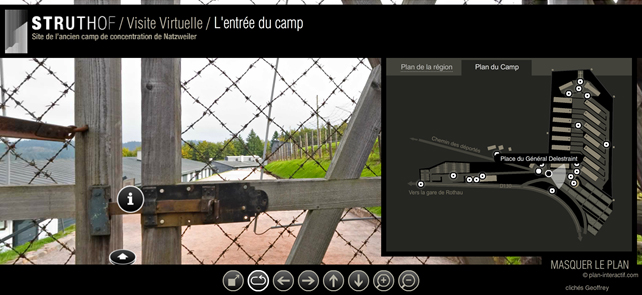
Opened in 2005, the Centre Européen du Résistant Déporté has a definite educational approach to its visits. Touchscreen terminals, films, objects and photos chart the rise of fascism and Nazism in Europe and the setting up of the Nazi concentration camp network, whi
le at the same time paying tribute to the resistance movements that rose up against oppression.
A meeting place and discussion forum, the Centre holds regular temporary exhibitions and conferences. It aspires to spread the values of freedom, respect, tolerance and vigilance.
The camp, a major site for national and European remembrance, comes under the responsibility of the National Office for Veterans and Victims of War, an executive agency of the French Ministry of the Armed Forces.
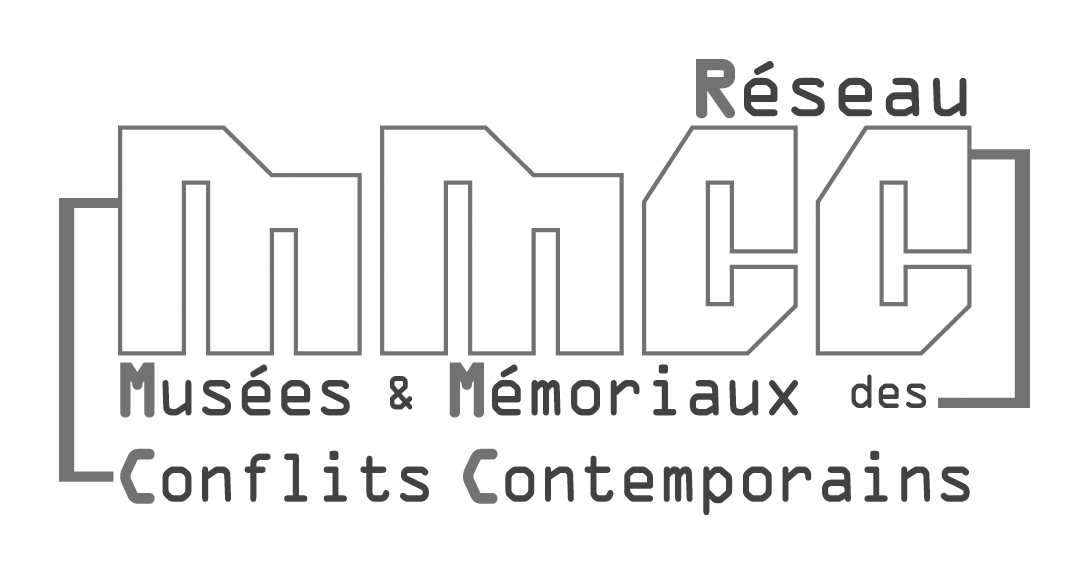
Sources: ©Site de l’ancien camp de concentration de Natzweiler-Struthof - Centre européen du résistant déporté







